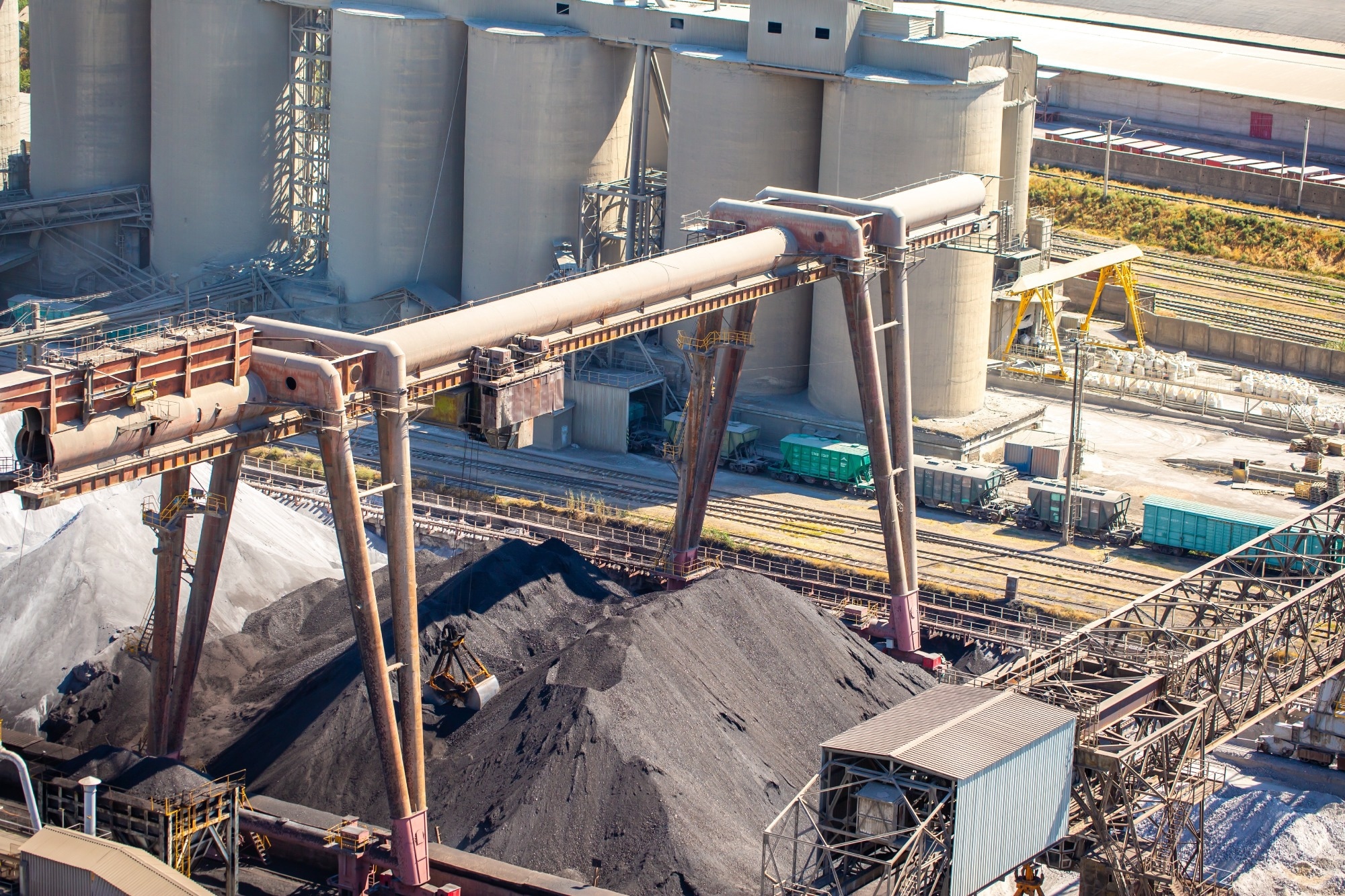Electrolysis is emerging as a breakthrough technology for cutting cement industry emissions by replacing fossil fuels with electricity in key high-temperature processes.
 Study: Towards decarbonization of cement industry: a critical review of electrification technologies for sustainable cement production. Image Credit: Vera Larina/Shutterstock.com
Study: Towards decarbonization of cement industry: a critical review of electrification technologies for sustainable cement production. Image Credit: Vera Larina/Shutterstock.com
This shift is at the heart of a new wave of innovation aimed at decarbonizing one of the world’s most emissions-intensive industries. Recent research highlights how electrolysis-based methods, paired with electrified heating and thermal energy storage, could reshape the way cement is made, while significantly cutting CO2 output. The study also explores how these technologies could scale through redesigned kilns and calciners, paving the way for cleaner, electrified cement plants.
Rethinking Cement from the Ground Up
Traditional cement production relies on burning fossil fuels to heat limestone, releasing large amounts of CO2 in the process. Electrolysis offers a fundamentally different approach: by applying electricity to drive chemical reactions, it eliminates the need for combustion altogether.
At the core of this method is the ability to split limestone into lime or hydrated lime (portlandite) using electric current. This alone can slash emissions by at least 60 % compared to conventional production. But the technology’s potential goes further.
Electrolysis can also process alternative feedstocks, including calcium- and magnesium-rich industrial waste and seawater. In seawater-based systems, for example, electrolysis can extract key ions like calcium and magnesium while enhancing the ocean’s natural capacity to absorb CO2. These mineralized products, in turn, serve as precursors for low-carbon cement.
Three main electrolysis routes are being explored:
- Aqueous electrolysis, conducted at ambient temperatures
- High-temperature molten carbonate electrolysis
- Seawater electrolysis, which links material production with climate mitigation
All three methods yield critical building blocks for cement without the carbon burden of fossil-based heating.
Confronting the Heat Challenge
While electrolysis addresses one part of the emissions problem, heating remains another major hurdle. Cement production demands temperatures as high as 1500 °C - far beyond what conventional electric heating systems were originally designed to handle.
However, electrified heating for industrial applications is advancing quickly. While technologies for low- and mid-range temperatures (up to 600 °C) are well established, new solutions are being developed for the extreme heat levels required in cement kilns. These include resistive heating, plasma torches, fluidized beds, and rotary kilns powered by electricity.
Coordinated efforts are accelerating progress. The EU’s Horizon Europe program, through the ELECTRA consortium, is bringing together researchers and industry partners from eight countries to explore high-temperature heating solutions. Their work focuses not just on the technologies themselves, but also on how to integrate them into continuous industrial operations.
Electricity, Infrastructure, and Energy Storage
Electrifying cement production won’t succeed without the right power infrastructure. Cement plants operate 24/7, which makes them ideal candidates to absorb excess renewable electricity and support grid stability - but only if energy storage and grid capacity are scaled accordingly.
That’s why researchers are exploring how to pair cement plants with storage solutions like molten salts, batteries, and other thermal energy systems. These technologies could help smooth out supply fluctuations and ensure uninterrupted high-temperature operation, even when renewable energy availability is variable.
Scaling Up the Core Hardware
Turning electrolysis and electrified heating into viable industrial systems also requires rethinking the physical equipment at the heart of cement production - specifically, kilns and calciners.
These units, now being redesigned as "electrified heating chambers," come in horizontal formats (like rotary kilns) and vertical ones (such as shaft or fluidized bed calciners). Among them, fluidized bed systems offer the best heat transfer thanks to their intense particle mixing. However, they face issues with fine raw material particles, which can be addressed by blending them with larger inert grains.
At present, most efforts focus on electrifying the calcination stage. Reaching the even higher temperatures required for clinkering (the final step in cement formation) is still a technical barrier. Plasma-based heating systems, which use carrier gases to deliver extreme heat, are among the most promising options for eventually crossing that threshold.
What’s Next: Bridging Gaps with Innovation
While the vision for low-carbon cement is taking shape, there’s still a long way to go. High electricity demand, uneven access to renewable power, supply chain limitations, and capital costs remain major barriers. Infrastructure upgrades and better alignment between renewable energy generation and industrial locations are also needed.
Tackling these challenges will require a broad coalition of scientists, engineers, industry leaders, and policymakers. Advances in materials science - such as better electrode designs and high-efficiency refractories - can help close technical gaps. Hybrid systems that combine multiple electric heating methods may offer practical near-term solutions.
Ultimately, a fully electrified cement sector will depend on more than just technology. It will require long-term planning, coordinated investment, and shared commitment to building a climate-resilient industrial future.
Journal Reference
Volaity, S. S. et al. (2025). Towards decarbonization of cement industry: a critical review of electrification technologies for sustainable cement production. npj Materials Sustainability, 3(1). DOI: 10.1038/s44296-025-00068-6, https://www.nature.com/articles/s44296-025-00068-6
Disclaimer: The views expressed here are those of the author expressed in their private capacity and do not necessarily represent the views of AZoM.com Limited T/A AZoNetwork the owner and operator of this website. This disclaimer forms part of the Terms and conditions of use of this website.